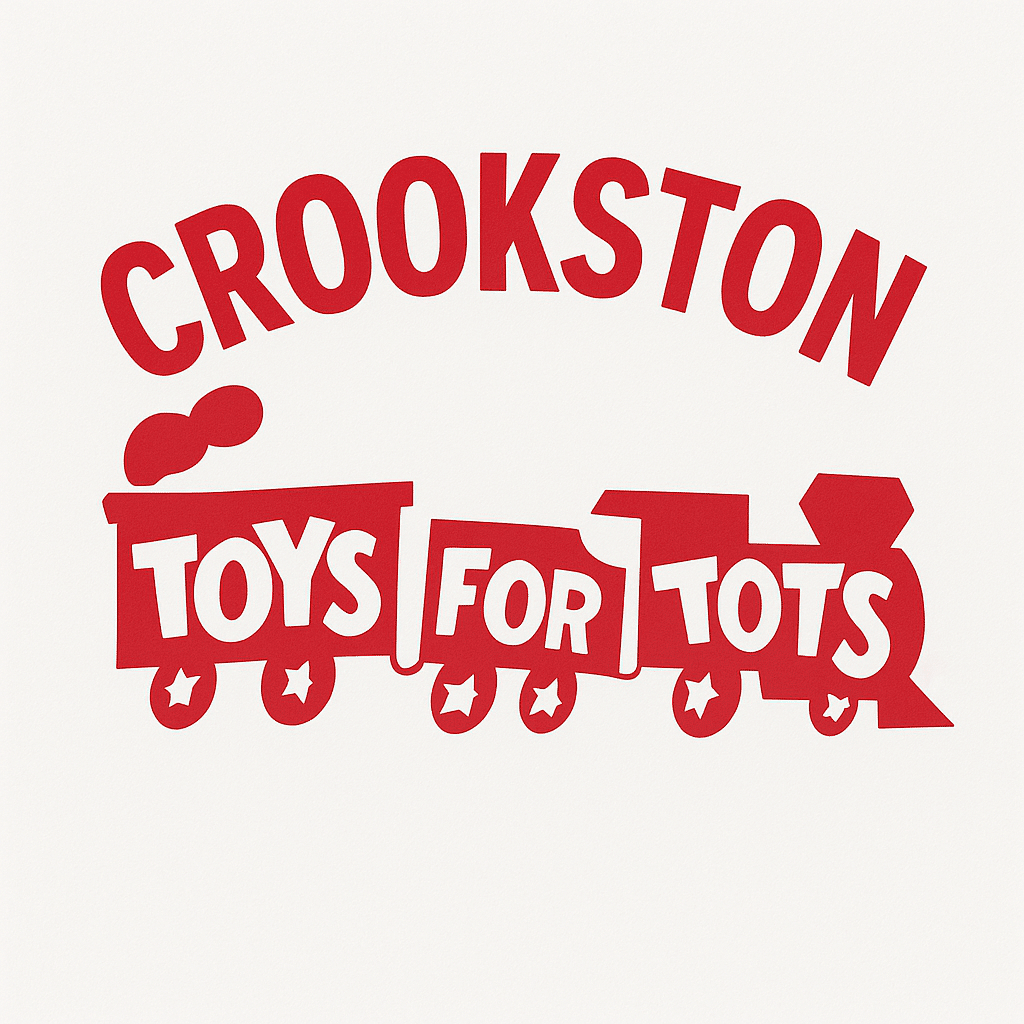The Minnesota Department of Health has released its graduation ceremony guidance to high schools, colleges, and Universities. The guidance they give to the schools is below –
Graduation/Commencement Celebration Guidance
Graduation is an important milestone in a student’s academic journey and deserves to be celebrated. With graduation season upon us, schools are seeking clarification and guidance on how they can safely observe and honor the occasion in alignment with public health guidance to prevent the spread of COVID-19 in the community. This guidance document, which was developed in consultation with school leaders and the Minnesota Department of Health, outlines different options for school districts, charter schools, and colleges and universities to consider while they contemplate how to best honor their graduates.
The safety and well-being of Minnesota’s students and their families, as well as school staff, is our number one priority. We know how much students in the class of 2020 have sacrificed this year, and how disappointing it is not to participate in the milestones or traditions they had imagined. These guidelines were made with public health protection in mind, and adhering to them is how we will both celebrate our students and move safely through this challenge together.
The safest way to observe graduation/commencement is for everyone to stay home. Indoor graduations, and ceremonies held outside in stadiums and football fields are not permitted.
A ceremony that can be conducted remotely (e.g., virtually) and ensures attendees do not need to leave their homes is our top recommendation. If you chose to honor graduates virtually, please keep equity in mind so all students and families can participate. Remember that COVID19 is a highly contagious virus that is fatal, especially the elderly and those with underlying conditions, and is still spreading throughout Minnesota. Staying home is a crucial way to slow the spread of COVID-19 and to collectively protect our community.
We know that many schools have considered ceremonies outside in stadiums or football fields.
In-person social gatherings with people from multiple households, even in situations where ample space between attendees could be accommodated, does not comply with social distancing practices and introduces a great deal of contact unpredictability and increases the potential for disease transmission. These gatherings are not considered safe at any size and will not be permitted. Likewise, indoor graduations/commencement ceremonies will also not be permitted.
Some schools have indicated they are considering delaying graduation ceremonies until later in the summer to allow for a more traditional event. While we recognize the desire to honor this rite-of-passage in the more traditional way, we cannot offer a timeline for when public health guidance will be changed to accommodate large gatherings.
Outlined below are parameters for hosting a graduation/commencement ceremony or other celebration (e.g., car parade, parking lot ceremony) outside the home, which increases the level of predictability and decreased risk of disease transmission.
GRADUATION/COMMENCEMENT CELEBRATION GUIDANCE
If your school is considering hosting a graduation/commencement ceremony or other celebration outside of the home (e.g., car parade, parking lot ceremony) please:
– Remember the safest option right now is for everyone to stay home.
– Consider whether having an event encourages people in high-risk groups (particularly older adults and people with underlying health conditions) or ill individuals to come out rather than stay at home. People may come out because of their desire to celebrate this significant milestone and not wanting to be “left out.”
– Consider what accommodations need to be made to ensure equitable participation (e.g.,
students and families without access to a vehicle).
If your school decides to host a graduation/commencement ceremony or
other celebration outside of the home (e.g., car parade, parking lot
ceremony):
– Each household should be in a separate car; carpooling does not comply with social
distancing.
– Make it clear that people with COVID-19 symptoms (cough, fever, shortness of breath, etc.) should not attend – no matter what.
– Attendees should remain in their individual cars.
▪ If attendees are in cars with the windows up for the entirety of the ceremony, cars
may park immediately adjacent to one another.
▪ If attendees are in cars with windows down, cars should park 6 feet apart.
▪ Provide clear messaging that individuals may not walk to the ceremony or participate
outside of vehicles.
▪ Create a traffic flow plan for how vehicles enter and exit the event.
– Make the event brief.
– Do not serve food or beverages at the event.
– There should not be passing of objects or physical contact between households.
▪ Graduation caps should not be thrown in the air outside as this may encourage
attendees to leave the vehicle.
– Do not provide public or portable bathrooms; this creates a risk of transmission.
– Limit the number of speakers to the smallest number possible and ensure they avoid close contact (e.g., within 6 feet) of others. Speakers should not congregate, and should return to their vehicles following presentations.
▪ Whenever possible, use individual microphones if multiple speakers will participate. If
a microphone must be shared, consider cleaning between speakers or leaving it
untouched on a stand.
– Partner with local public safety officials.
GRADUATION/COMMENCEMENT CELEBRATION GUIDANCE
If your school decides to distribute materials (e.g., diplomas, cap and
gown) via delivery or pick-up:
– Practice contactless delivery or pick-up whenever possible, with staff wearing cloth face
coverings and gloves (work gloves are permissible).
– In curbside pick-up, social distancing guidelines apply. Individuals picking up materials
should wear cloth face coverings and should not leave their car whenever possible.
– In delivery, items should be deposited outside an individual’s residence.
– Develop clear signage and communication between staff distributing and individuals
receiving materials.
– If payment is required, contact-less payment should be used in every possible scenario; if
money is exchanged, the participants must use gloves.




